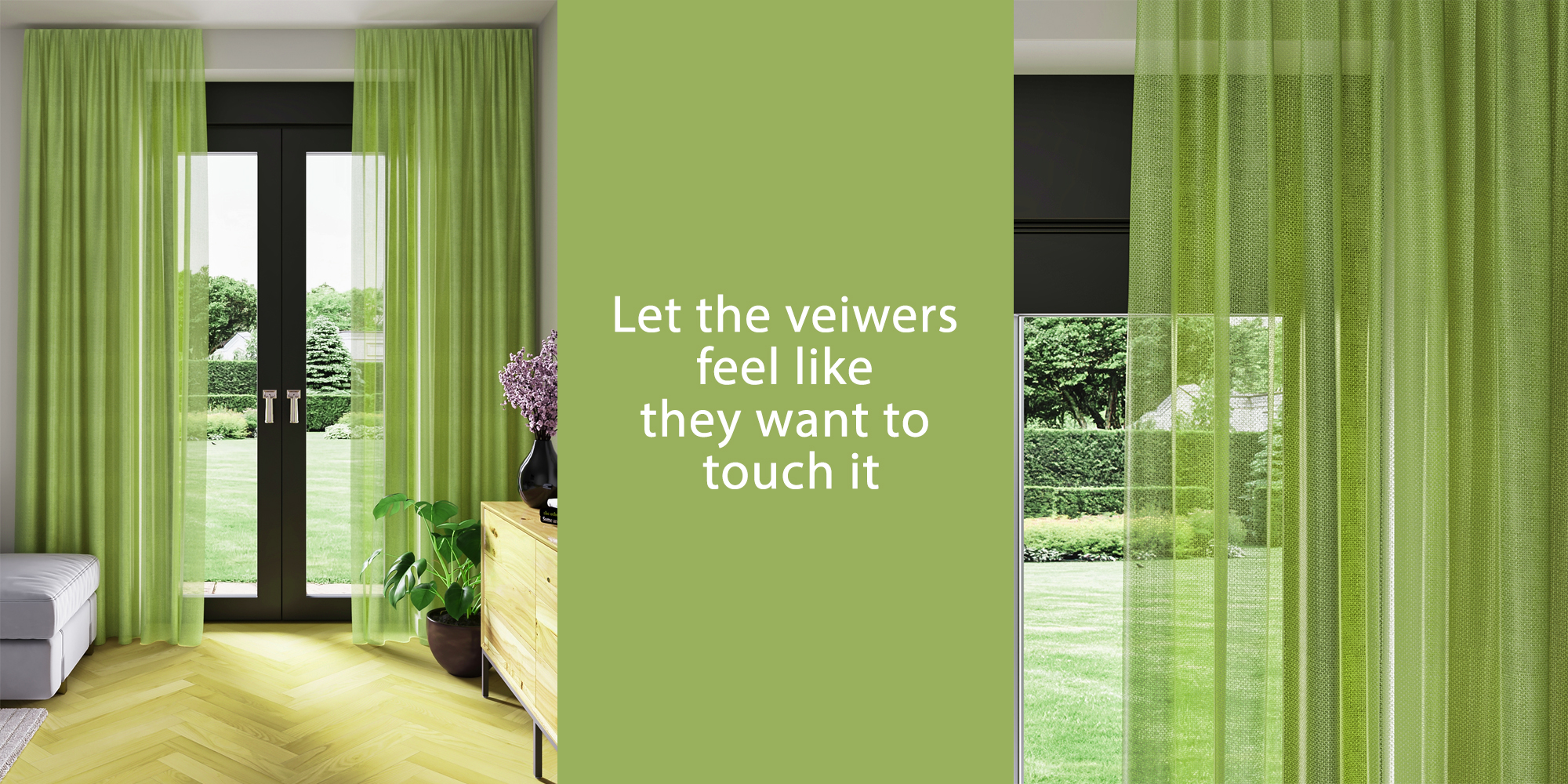We can create anything in 3D, and that can be realistic too. But creating a piece of art through your work is a step that takes time and effort. And probably some sort of god-gifted sense of aesthetics. This applies to almost all fields of 3D work. Let it be 3D Furniture rendering, Interior rendering, exterior rendering, game environment, or asset creation and product design industry. Here we will know how you can create a piece of 3D art through your work.
First, Let’s Learn the tools that we are going to be using to create 3D art
Step 1: Choose Your Software
The first step to creating 3D art is choosing the right software for your needs. Several popular 3D modeling software options are available, such as Blender, SketchUp, 3ds Max, and Maya. Each software offers different features and tools, so it is important to research and compare the options before making a decision. You can start by downloading a free trial of several software programs to see which one you prefer.
Step 2: Learn the Basics of 3D Modeling
Once you have chosen your software, it is time to learn the basics of 3D modeling. This includes understanding basic 3D modeling concepts such as vertices, edges, and polyggonal surfaces, as well as learning how to use the software’s interface and tools. You can start by following online tutorials and watching videos to learn the basics, and then practice by creating simple objects and scenes.
Step 3: Experiment with Different 3D Modeling Techniques
As you become more familiar with 3D modeling, you can experiment with different techniques to improve your skills and find your own style. This can include trying different materials, lighting, and shading techniques to create photorealistic renderings or using modeling tools such as sculpting and texturing to add details to your models. This will pave the way for you to create 3d visualization that will look like a pieces of art.
How to Create 3D Art Every Time
Creating realistic 3D models is a skill that can be mastered with time and effort. However, transforming your work into a true piece of art requires a refined sense of aesthetics and attention to detail. This principle applies to all fields of 3D work, from 3D furniture rendering and interior/exterior rendering to game environment creation and product design. This guide will explore how you can create captivating 3D art through your work.
Conceptualizing Your 3D Art
Understand your subject.
To create a piece of 3D art, start by understanding the subject you wish to depict. Research its form, structure, and characteristics to ensure that your representation is both accurate and visually appealing.
Develop a unique concept
While it’s essential to be familiar with existing 3D art and industry trends, strive to develop a unique concept that sets your work apart from the competition. A distinctive concept will make your 3D art more memorable and engaging. This guide on how to create a product roadmap will help you in getting desired results from your work.
Understand lighting and shading
Mastering the principles of lighting and shading is crucial for creating realistic 3D art. Study how light interacts with different materials, and learn to use shadows to enhance the depth and dimension of your work.
Experiment with texturing
Textures bring your 3D models to life, making them appear more realistic and detailed. Experiment with various texturing techniques, and learn to create custom textures to achieve the desired look for your 3D art.
Refining Your Artistic Vision
Develop a strong composition
A well-composed scene directs the viewer’s eye and highlights the most important elements of your 3D art. Experiment with different camera angles, focal lengths, and perspectives to create a composition that enhances your work’s visual impact.
Pay attention to color theory
Understanding color theory is essential for creating harmonious and visually appealing 3D art. Learn how colors interact and affect one another, and use this knowledge to create a cohesive color palette for your work.
Incorporate storytelling elements
Adding storytelling elements to your 3D art can evoke emotions and create a deeper connection with your audience. Consider incorporating narrative elements, such as characters, environments, or objects, that help convey a story or theme.
Keep thriving and put yourself to the next level.
Focus on a Specific Field
While 3D art can encompass a wide range of fields, it can be helpful to focus on a specific area to develop your skills and create high-quality work. This could be archviz, modeling furniture, or rendering designs, for example. By focusing on one area, you can become an expert in your field and create work that stands out. Your work will look more like a piece of art.
Anyone can create 3D models or 3D renderings with basic training. Some of those works may turn out to be good too. But to be able to constantly create 3d CGI that will be called an artist’s rendering, a piece of 3D art, is not easy. It takes time and focus on a specific field.
Build Your Portfolio
As you work on your 3D art projects, be sure to document your progress and build a strong portfolio. This portfolio can include still images, animations, and even interactive 3D experiences, and it should showcase your best work and demonstrate your skills and creativity.
Critiquing and Improving Your Work
Seek Feedback from Others
Sharing your work with others and seeking feedback is essential for growth as a 3D artist. Constructive criticism can help you identify areas of improvement and refine your artistic vision.
Continuously Learn and Grow
The world of 3D art is constantly evolving, and staying up-to-date with new techniques and software is crucial for success. Continuously learn and experiment with new methods to improve your skills and expand your creative repertoire.
Practice, Practice and Practice
Like any skill, creating 3D art requires consistent practice. The more you work on your 3D models and scenes, the better you will become at turning your ideas into captivating pieces of art.
So, creating 3D art involves mastering a range of techniques and developing a keen sense of aesthetics. By understanding your subject, refining your artistic vision, and continuously honing your skills, you can transform your work into stunning pieces of 3D art that captivate and inspire your audience. One day you will find yourself in a position where whatever you create becomes a piece of 3D art.









